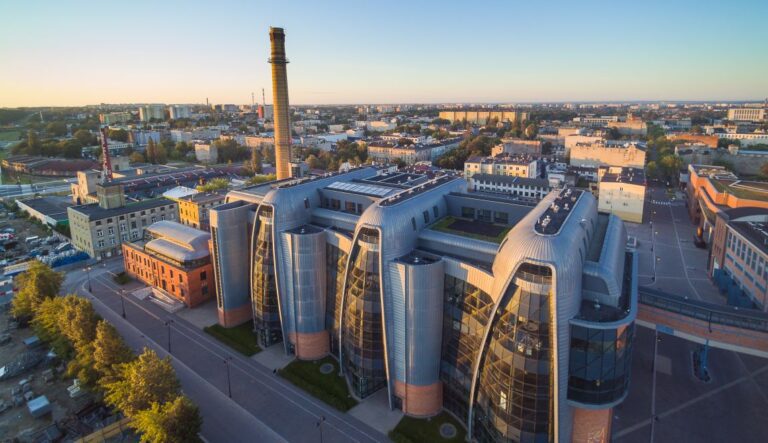
When asked about major criteria behind the choice of properties, a traditional mantra of managers of investment funds investing in commercial properties was: “3xL”, that is, location, location, location. ESG is an abbreviated term more and more frequently used by property market specialists and it stands for environment, social and corporate governance issues.
An ESG revolution has been gaining momentum and investors focused on sustainable development have been adjusting their asset portfolios to such changes. ESG criteria are accounted for in investment decisions taken by capital entities and included in risk management by the majority of global investment funds.
Although in recent years many private funds managing commercial properties have focused on all components of ESG, the “E” factor, that is, climate risks, have become particularly important.
In many funds decisions to develop and implement the ESG policy additionally helped the 2015 Paris Climate Conference arrangements gather speed. One of its goals has been to aim for carbon neutrality which, in the case of buildings, is even more crucial as owing to the scale of energy consumption and greenhouse gas emissions by buildings and construction, the property sector has been significantly blamed for climate change and resultant natural disasters which have become more and more common.
The implemented ESG policy is to facilitate identifying risks related to environmental, social and corporate issues. Thanks to that the funds can take measures to mitigate the impact of those risks on operations and operational performance and take investment decisions based on the same. At the level of individual properties or the entire fund those measures can lead to positive impact on the environment which ideally would help achieve carbon neutrality and comply with the Paris Agreement.
Buildings (both residential and commercial) and construction account for 36% of global energy consumption and 39% of greenhouse gas emissions.
That sector even beats transport in both categories (28% and 22%, respectively)*
* 2019 Global Status Report for Buildings and Construction – the report prepared by the IEA coordinated by the UN Environment Program

More information you can find in the “Future of cities – sustainable investing” report.


